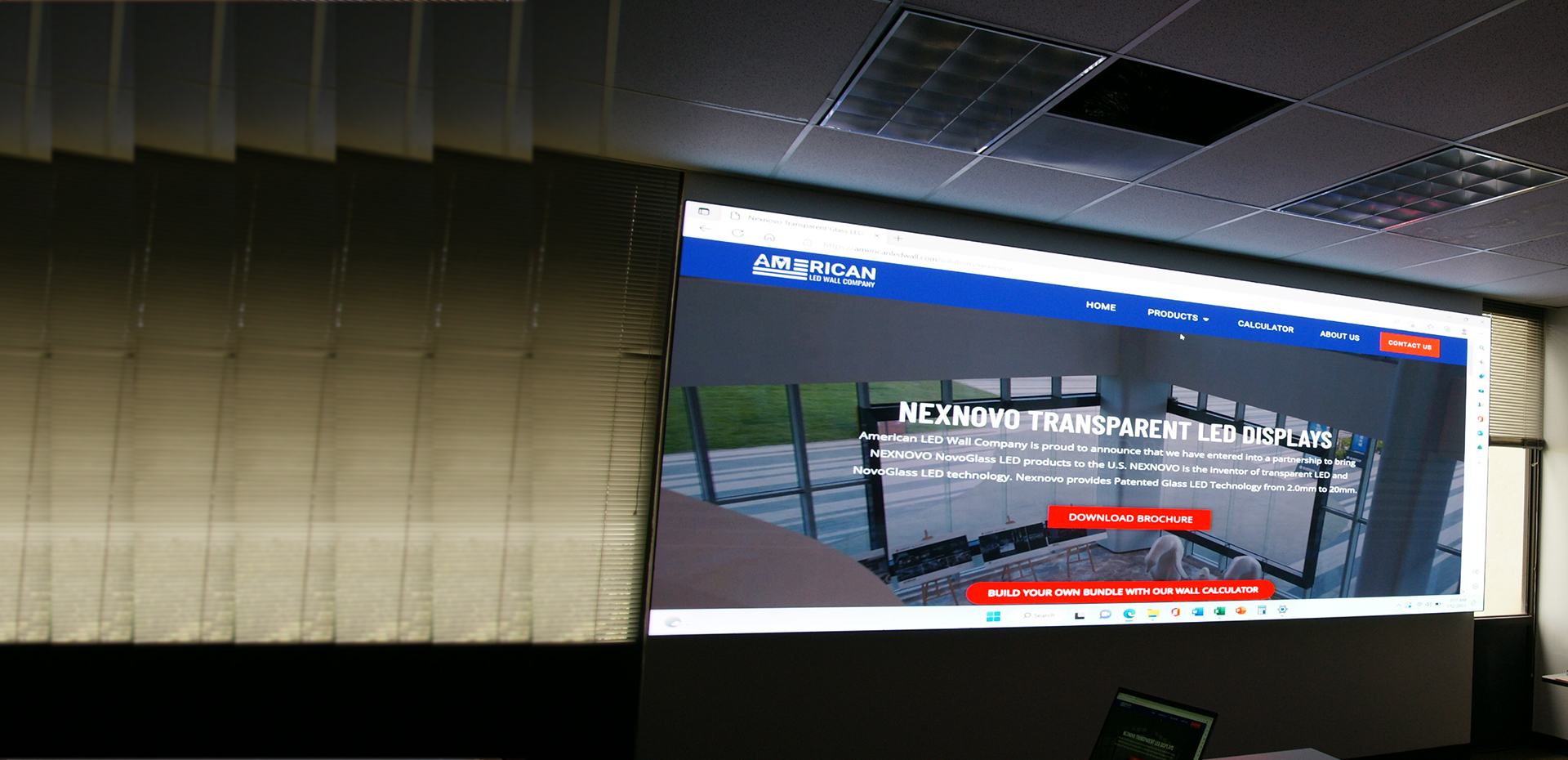Investigating the Fundamental Elements That Influence Brightness in LED Wall Screens
Light Emitting Diode wall panels are increasingly popular for both advertising and entertainment due to their luminous and vibrant images. Grasping the factors that affect the luminosity of these screens is essential for manufacturers and consumers alike. Luminosity is typically measured in candelas, which shows how much illumination is emitted from the surface of the panel. Numerous key elements affect to the overall luminosity, including the kind of Light Emitting Diode used, the quality of the panel materials, and the power provided to the screen.The kind of LED chip used in a panel screen plays a significant role in its brightness. Various LEDs emit differing levels of lumens, which measure the amount of illumination perceptible to the human eye. Premium chips, such as those made using sophisticated technology, can generate more luminous light with greater efficiency. Furthermore, the hue temperature of the LED also affects apparent brightness. For instance, cooler color temperatures (higher K values) can appear more luminous than warmer ones, even at the same lumen rating. This feature is vital for applications where clarity is crucial, such as in external promotion.
The materials used in the building of Light Emitting Diode wall panels also affect their brightness. The kind of substrate and coating materials can affect how much illumination is transmitted versus how much is taken in or scattered. For example, a screen made with premium optical material will allow more light to flow through than one made with lower-grade materials. Additionally, the configuration of the panel, including its depth and the arrangement of the Light Emitting Diodes, can enhance or reduce brightness by influencing how light is spread across the screen.
The energy supply provided to the LED wall screens is another critical element in determining luminosity. Each LED component has a particular voltage and electric flow requirement led wall installation techniques for ideal performance. If the energy source falls short, the luminosity of the screen will diminish. Conversely, supplying too much power can lead to excessive heat and reduced durability of the LEDs. Therefore, ensuring a stable and sufficient power supply is crucial for achieving uniform brightness levels. This is especially important in changing screens, where brightness may need to be modified for different illumination conditions.

Lastly, environmental factors can affect how luminosity is perceived. Ambient illumination conditions play a major role in how bright an Light Emitting Diode wall panel looks. In luminous daylight, for example, a screen with a lower brightness level may struggle to be browse around this web-site visible clearly, while a more luminous panel can stand out more efficiently. Additionally, the angle from which the panel is observed can affect luminosity appearance due to how illumination reflects off surfaces. Comprehending these factors helps buyers choose the appropriate LED panel panel for their requirements and ensures that manufacturers create products that meet brightness standards for different applications.